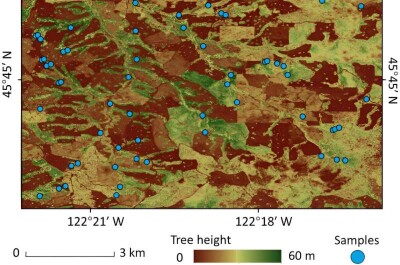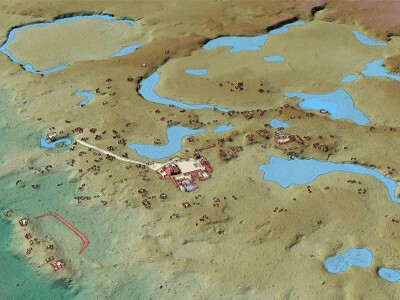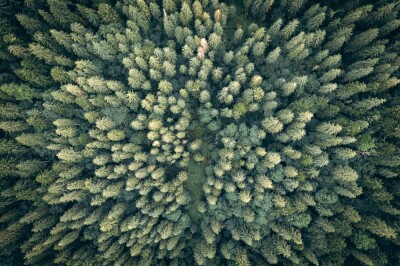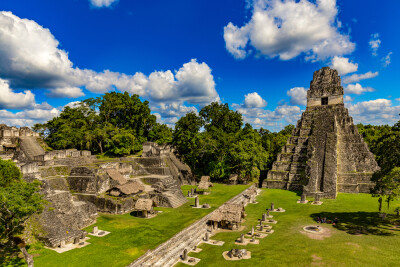Lidar is a technology that so many people around the world are largely unaware of – though that may be changing at least partially due to its prevalence in the autonomous driving space – but it’s giving us a significantly broader view of our world. Numerous use cases continue to pop up for the technology seemingly every day, ranging from inspections of crucial infrastructure to preserving culturally important buildings to monitoring wildlife, both flora and fauna. It’s always fun telling people who are unaware of how lidar works and what it’s capable of about all of the potential it provides.
With that in mind, we have three stories this week from our friends around the industry that help to highlight just a few examples of this work. First up, we have an article from the Journal of Remote Sensing talking about how lidar from NASA is unlocking the secrets of tree height composition. After that, some news from Tulane University in which they announced a grant they’ve received to use lidar in efforts to research Mayan civilization in Central America. Finally, some news from our sister show, Commercial UAV Expo, who will be adding an event in Europe starting in 2025. Find the full articles below.

The role of GEDI LiDAR technology in unlocking the secrets of tree height composition
Journal of Remote Sensing | Phys.org
First up we have a summary of a recent contribution to the Journal of Remote Sensing with a study entitled Exploring the Potential of GEDI in Characterizing Tree Height Composition Based on Advanced Radiative Transfer Model Simulations. The team of researchers who authored the study utilized NASA’s GEDI lidar system to unlock new approaches to characterizing tree height composition in forests. The implications of these measurements could have big effects moving forward in studies around climate change and broader ecological studies.

Tulane University’s Middle American Research Institute receives grant for mapping of Maya civilization
Matt Roberts | Tulane University
For centuries, insights into ancient Mayan culture have been effectively hidden from us, buried deep in the jungles of Mexico and South America. However, one of lidar’s most important qualities is its ability to penetrate vegetation, giving us a glimpse of what’s lying beneath the canopy. As a result of aerial surveys in the region throughout the last few years, we’ve discovered a number of new Mayan city centers and road systems, with plenty more waiting to be unveiled. Last week, Tulane University announced a grant they received to do just this work, as they’ll map parts of the Mayan civilization in the region using lidar.

Amsterdam Drone Week Announces Strategic Partnership with Commercial UAV Expo
Commercial UAV News
One of the most important developments with lidar has been the reduction in size and power necessary to power it for most use cases, which has opened up new ways of collecting data. The biggest example of this is perhaps with UAVs, which can easily carry powerful lidar sensors to complete important scans from above, such as scanning construction sites or collecting data to inspect infrastructure and utilities. Commercial UAV Expo is highlights so many of these use cases, and they are adding a new event onto their calendar in Europe after a recent agreement on a strategic partnership with Amsterdam Drone Week.






